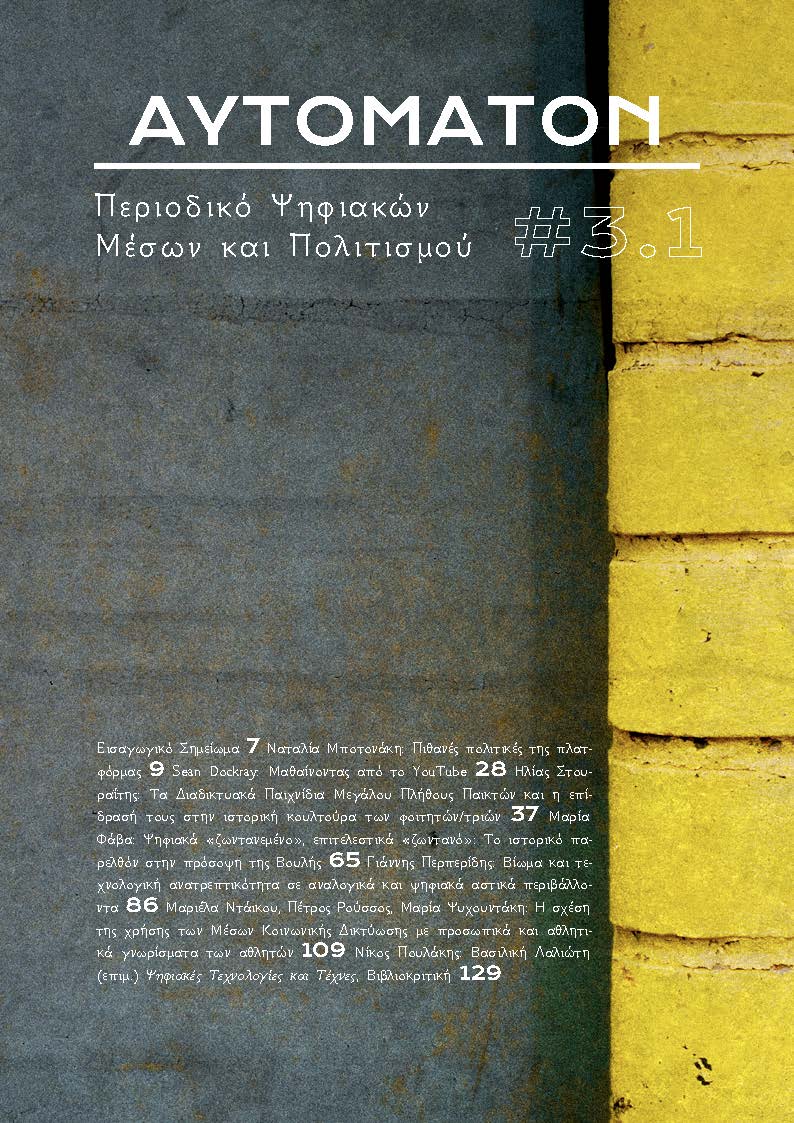Experience and technological subversiveness in analogue and digital urban environments

Abstract
The article draws on Andrew Feenberg’s critical theory of technology in order to approach the technical features of the smart cities’ urban designs and examine their social and political implications. While examining the essence of experience lived within such cities, the article It turns to the phenomenological architecture of Juhani Pallasmaa whose work focuses upon a kind of personal experience that not only tends to disappear from modern technological world, but moreover that is led to extinction through mechanisms and technosystems like the smart cities. Though the reconciliation between Feenberg and Pallasmaa this article attempts to designate the meaning of human experience which is being incorporated in today’s (and future’s) technical designs. The main aim of the article is on the one hand to show the boundaries of the urban experience of today’s individuals, while on the other hand to present alternative architecture methods that may lead to reshaping humans’ lived reality along with political and social aspects of current modern world.
Article Details
- How to Cite
-
Perperidis, G. (2024). Experience and technological subversiveness in analogue and digital urban environments. Αutomaton: Journal of Digital Media and Culture, 3(1), 86–108. https://doi.org/10.12681/automaton.38847
- Section
- Articles

This work is licensed under a Creative Commons Attribution 4.0 International License.
Authors wishing to publish articles in this journal agree to the following terms:
1. The Authors retain the Copyright and grant the journal the right of first publication while at the same time the copyright of the work is protected under the Creative Commons Attribution License which allows third party licensees to use the work as they wish provided they acknowledge the work's authorship and initial publication in this journal.
2. Authors may enter into separate additional contractual arrangements for the non-exclusive distribution of the published journal version of the work (for example, posting it to an institutional repository or publishing it in a book), with acknowledgment of its initial publication in this journal.
3. Authors are allowed and encouraged to post their work online before and during the submission process (e.g. on their website) as this can lead to productive exchanges as well as earlier and more citations of published work (See The Effect of Open Access).


